As the first week of February took its course, students gathered in groups after school to create the behind-the-scenes magic of the Black History Month door decorations. Careful hands traced intricate designs and cut out paper to craft a door in honor of African American achievements throughout history. Each door had different inspirations, and each told its own story.
The Black Student Union (BSU) has held trivia in the cafeteria and door decorating after school, in years past. However, COVID-19 made it harder for the BSU to organize events last year. With the new opportunity to expand activities back in person, the BSU hosted a variety of events to raise awareness for Black History Month.
ŌĆ£I feel like, as a school, we havenŌĆÖt done as much for Black History Month as we could have [in the past,] so the effort that everyone is putting in [this year] is impactful,ŌĆØ BSU member and sophomore Tristen Banks said. ŌĆ£As a school, we have to come together and teach the students, like how we have decorations now on the doors, just informing students.ŌĆØ
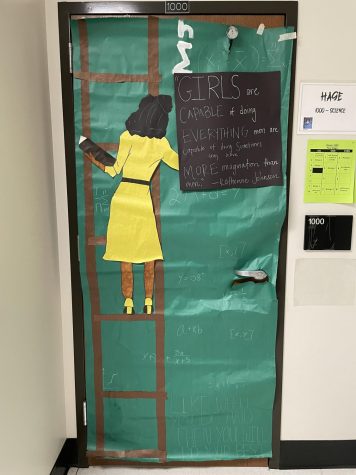
BSU president Daniellie McLaurin took part in the after-school door decorating. Along with various other members of the BSU, she traced out shapes and designs to put on doors throughout the school.
ŌĆ£[Black History Month] is our month for Black historians. A lot of stuff that Black historians and famous Black people have done happened in February. It means us Black people coming together and learning about other people, [and] itŌĆÖs just our month,ŌĆØ McLaurin said. ŌĆ£Us Black people are minorities in this country today, so I feel like Black History Month should be very important.ŌĆØ
Starting with the idea of empowered Black women throughout history, feminist club leaders juniors Luisa DŌĆÖAquino Lazarini and Nikita Bhaskar brainstormed designs for social studies teachers Amy Thornhill and Lara BolesŌĆÖ doors. Beginning with ThornhillŌĆÖs door, DŌĆÖAquino Lazarini chose a word to symbolize what each woman did in their lifetime. These words included ŌĆ£protest,ŌĆØ ŌĆ£leadŌĆØ and ŌĆ£learn.ŌĆØ
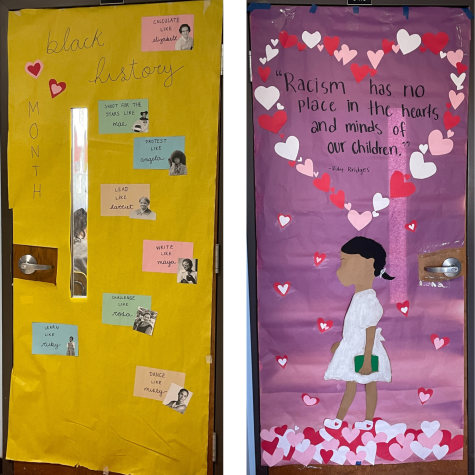
ŌĆ£A lot of people donŌĆÖt know [the doors] are about Black History Month. [Helping decorate doors] was something I could give, in a way, as not a person of color. I want to make it known and help out in any way I can,ŌĆØ DŌĆÖAquino Lazarini said. ŌĆ£[Black History Month] brings a sense of celebration, [Black people] have so much to celebrate and they fought so hard for everything. Their culture is amazing.ŌĆØ
Moving on to BolesŌĆÖ door, Bhaskar based her design on Ruby Bridges. Deciding that the designŌĆÖs hearts and education equality aspects fit the month perfectly, the feminist club got to work.
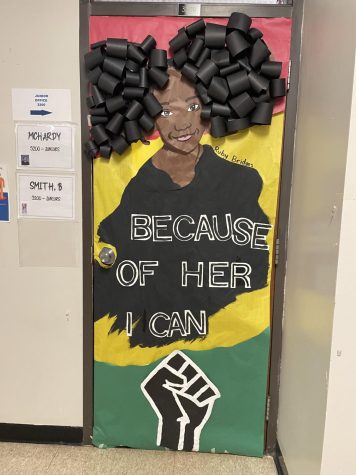
ŌĆ£Black history is such an important part of American history, America would not be where it is today without the African Americans in the United States and everything they’ve done,ŌĆØ Bhaskar said. ŌĆ£So Black History Month is so important because at least for one month out of the year, we should all focus on educating ourselves and being informed and honoring the Black community.ŌĆØ
Along with other BSU members, freshman Laci De Joie worked hard to cut out and curl individual pieces of paper to craft a hairstyle on grade-level principal Brionne SmithŌĆÖs door. One of De JoieŌĆÖs favorite parts of her culture is the hairstyles, including braids, locs and beads.┬Ā
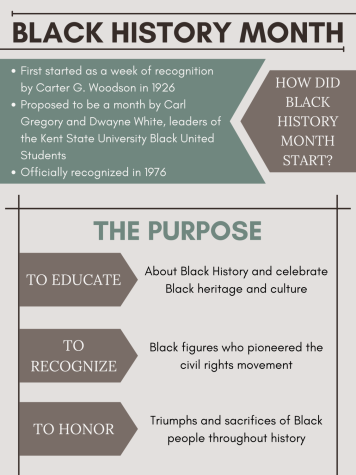
ŌĆ£I’m good at art, so I can show my art through the door. I decided that I was going to [decorate doors] because I felt it was important to me to be a part of [the BSU]. Black History Month is a way that I can show my culture. It’s also a way that I can educate my other friends about my culture; I gave them some facts about the whole month and different days,ŌĆØ De Joie said.
Additionally, the BSU held a spirit week from Feb. 22 – Feb. 25. Staff and students were asked to wear green Tuesday, red Wednesday, 1990s-inspired outfits Thursday and college apparel Friday. An annual African American Read-In was postponed due to weather conditions.
ŌĆ£Black and green are the all-around colors of Black History month; thatŌĆÖs like the foundation. The red is the cultural part as well. Then the 1990s were when everything came to be when Black people were inventing more, [and] fashion came out. [So many] things happened in the 1990s which made us choose the 1990s themes. The college apparel is just something fun we wanted to do,ŌĆØ Banks said.


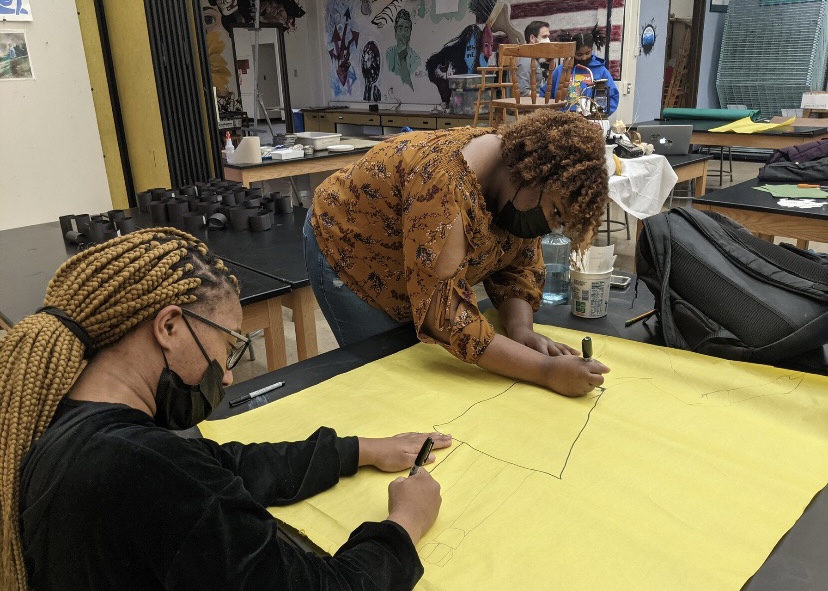
![Gazing up from the stage, junior Joseph McCurdy who played Peter Pan in the school play, Lost Girl, sits next to senior Juliana Rogers, who plays Wendy Darling, during a theater rehearsal. McCurdyŌĆÖs passion for theater began when he observed a West High production in middle school. ŌĆ£I've been in the high school theater program since I was a freshman. I've always loved theater, but [what prompted me to join] was [when] I went to see [a performance here] when I was in middle school, and it was super cool,ŌĆØ McCurdy said.](https://pwestpathfinder.com/wp-content/uploads/2025/11/IMG_6535-1200x798.jpeg)
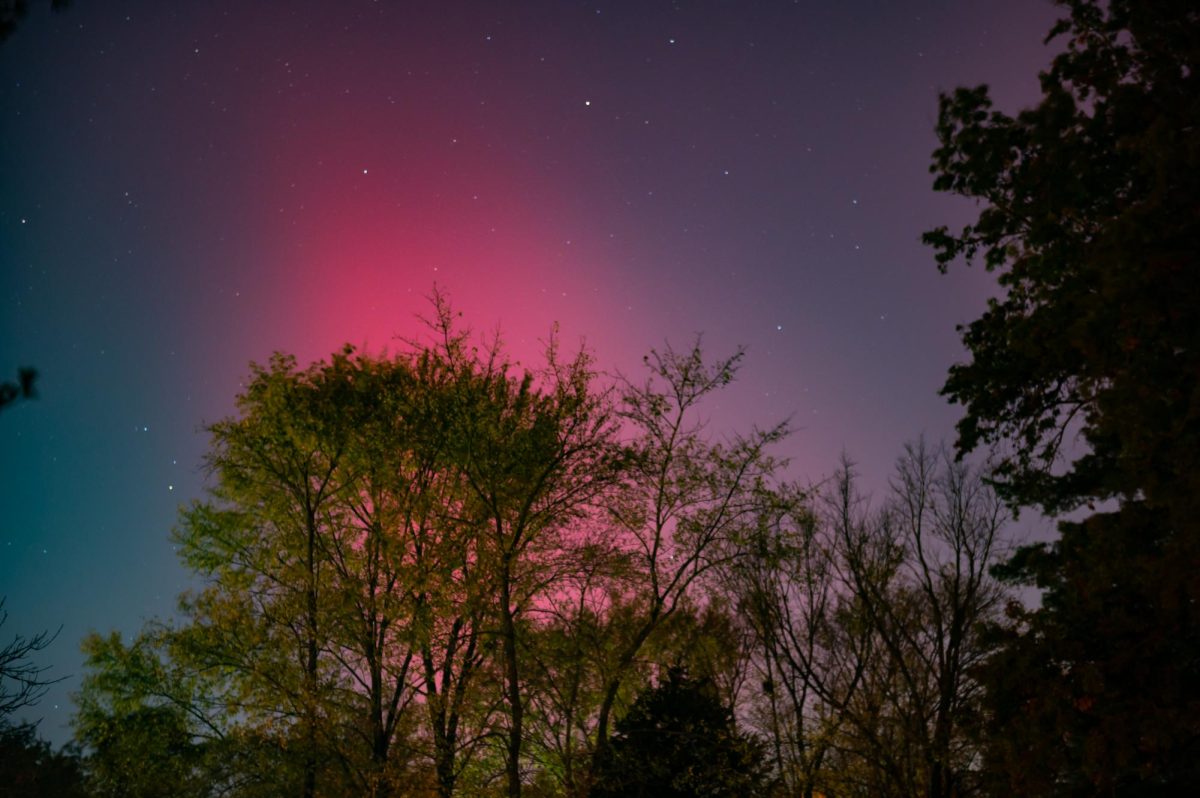
![Standing tall, stacked in a precise formation, the cheer team strikes a signature pose during halftime on Sept. 12 at the varsity football game. Nearly a month after this performance, the cheer team performed at the Missouri Cheerleading Coaches Association (MCCA) regional competition on Oct. 4, 2025. ŌĆ£We've all come [to] work together a lot more,ŌĆØ sophomore Elyssa Philippi said. ŌĆ£We're a lot closer than we were [earlier in the season] and going to state has made us closer [in] trying to work with each other, learn [new] skills and make our team better.ŌĆØ](https://pwestpathfinder.com/wp-content/uploads/2025/11/DSC5139-1.jpg)
![Handing out candy to excited trunk-or-treaters, President of the United Nations ChildrenŌĆÖs Fund club and junior Sara Ashok represents that group. Ashok was eager to participate in this event for multiple reasons. ŌĆ£I really wanted to be a part of the event because I get to help create memories for kids and spend time with my friends, spreading the things [I'm passionate about],ŌĆØ Ashok said.](https://pwestpathfinder.com/wp-content/uploads/2025/11/DSC_8648-1-1200x800.jpg)

![Smiling in a sea of Longhorns, Fox 2 reporter Ty Hawkins joins junior Darren Young during the morning Oct. 3 pep rally. The last time West was featured in this segment was 2011. ŌĆ£[I hope people see this and think] if you come to [Parkway] West, you will have the time of your life because there are so many fun activities to do that make it feel like you belong here. I was surprised so many people attended, but it was a lot of fun,ŌĆØ Young said.](https://pwestpathfinder.com/wp-content/uploads/2025/10/Edited2-1200x798.jpg)
![West High seniors and families listen as a representative of The Scholarship Foundation of St. Louis, Teresa Steinkamp, leads a Free Application for Federal Student Aid (FAFSA) workshop. This session, held in the library, provided guidance on financial aid, scholarships and student loan options. ŌĆ£This event is very beneficial for any seniors who are applying to or considering applying to colleges after high school [because] the cost of college is on the rise for seniors and parents,ŌĆØ college and career counselor Chris Lorenz said.](https://pwestpathfinder.com/wp-content/uploads/2025/09/DSC_4478-1200x778.jpg)
![Senior Kamori Berry walks across the field during halftime at the Homecoming football game on Sept. 12. During the pep assembly earlier that day, she was pronounced Homecoming Queen. ŌĆ£I thought it was nice that the crowd [started] cheering right away. I know [my friends] were really excited for me, and my family was happy because typically non-white people don't win,ŌĆØ Berry said.](https://pwestpathfinder.com/wp-content/uploads/2025/09/DSC7046-Enhanced-NR-1200x798.jpg)


